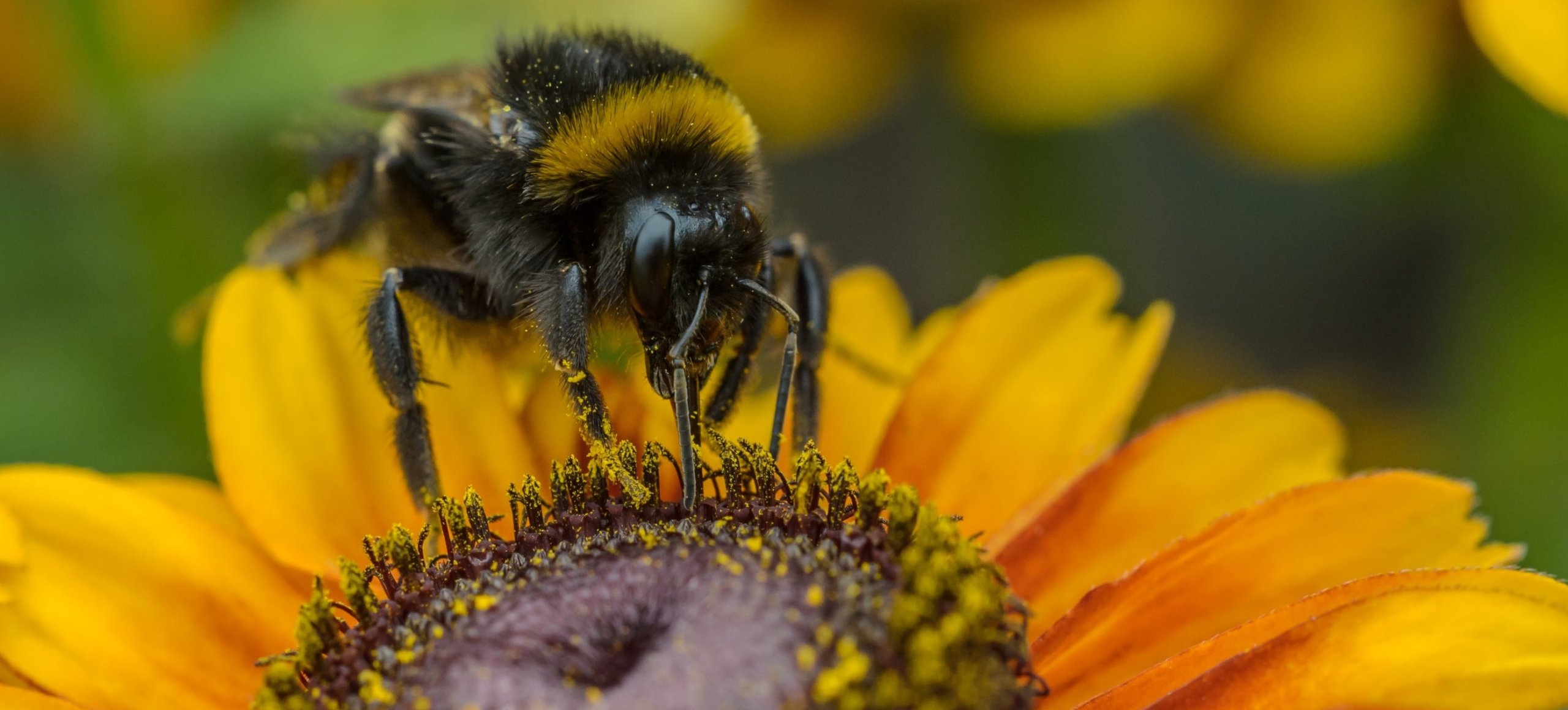biodiversity is a big deal
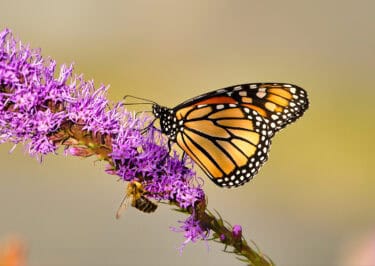
David Korbonits
Our survival as a species depends on biodiversity. And the news these days isn’t good: global insect declines, the loss of three billion North American birds, and projection that one million species will go extinct within 20 years.
We can no longer rely on protected open spaces, like parks and nature preserves, to support life on Earth. With 95 percent of the mainland U.S. developed, our gardens have become essential for sustaining plants, animals, and insects.
Insects are the foundation of our food web. To put it bluntly, if your garden isn’t feeding insects, then it’s not working.
Let’s use the monarch butterfly as an example. Monarchs are declining; a mere 2.6 percent of their population remains, largely because they rely on milkweed and milkweed only as a larval food. If these butterflies could adapt quickly, they’d eat soy or corn or grass when they can’t find milkweed—but that’s not how it works. Instead, the monarch will disappear long before it adapts to a different host plant.
use native plants
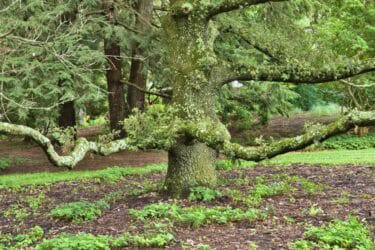
Bill Moses
All animals get their energy directly from plants, or by eating something that has already eaten a plant. Insects are especially good at passing on energy, which is why they’re such vital components of healthy ecosystems. So many animals depend on insects for food (including reptiles, spiders, amphibians, rodents, and birds) that removing insects from a food web spells its doom.
When we plant with non-native species—those that originated elsewhere—we are doing just that. When we present insects from Pennsylvania with plants that evolved on another continent, chances are those insects will be unable to eat them.
Keystone plants offer great “bang for your buck.” Simply put, these species support the most insects. In our region, keystone plants include native oak trees, black willow (Salix nigra), black cherry (Prunus serotina), and red maple (Acer rubrum).
remove invasive species
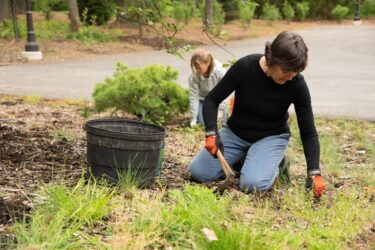
Virginia Apostolacus
Invasive plants move aggressively into a habitat and monopolize resources such as sunlight, nutrients, water, and space to the detriment of other species. Unfortunately, many invasives are still sold in nursery catalogs and garden centers, including butterfly bush (Buddleja davidii), burning bush (Euonymus alatus), and Japanese barberry (Berberis thunbergii).
Remember, too, that invasives spread far beyond your property, even if you don’t observe them doing so. Wind, water, and wildlife carry seeds into your neighbor’s yard or natural areas many miles away.
Controlling invasive species isn’t easy. At Stoneleigh, we recognize it will take our staff and volunteers many years to remove every last bit of Japanese pachysandra and English ivy, especially when we prefer to use mechanical removal (a.k.a. yanking it out by the roots). But still we persist, because it is so important to do so.
shrink your lawn
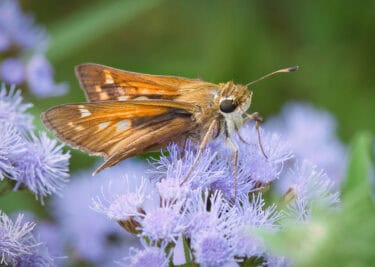
David Korbonits
Turf grass is essentially an ecological wasteland. But converting it to meadow is as easy as not mowing it. Often the best areas to convert are those that are difficult to mow such as wet or steep areas.
Initially, your new meadow will be composed of the species that originally made up the lawn: usually non-native cool-season grass species such as Kentucky bluegrass, fescues, and ryes. With time, the vegetation will begin to diversify. Native warm-season grasses—such as little and big bluestem and purpletop—will begin to appear. Wildflowers will follow. Species such as goldenrod, asters, black-eyed Susan, daisy, yarrow, and purple coneflower are common, spreading by seed from local plants or dropped by birds and other wildlife.
Meadows offer a sensory experience every season of the year. A meadow of tall, waving grass is a beautiful site on a breezy June day. In mid-summer, it is literally abuzz with activity. There is much to observe: a bird looking for a meal, bees flying from flower to flower, the iridescence of a butterfly, or the steady chatter of crickets. Many meadow wildflowers persist into fall and attract songbirds who feast on seed heads. Even in winter, the dried stalks of meadow grasses and flowers are striking.
To visually communicate that a meadow is intentional and managed, maintain a mowed turf swath as a sharp edge around the edges and—if your meadow is large enough—consider incorporating a trail network so you (and your senses) can get closer to the action.
Mow your meadow at least once a year to keep it from becoming a forest.

